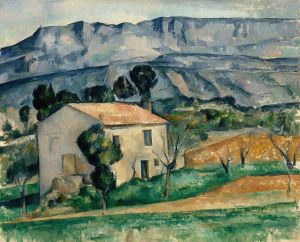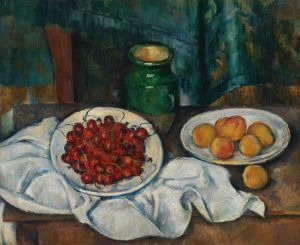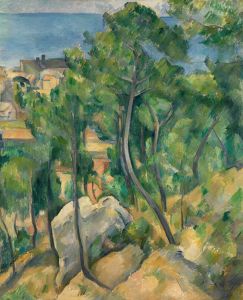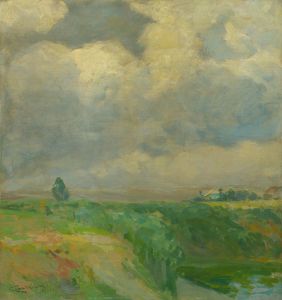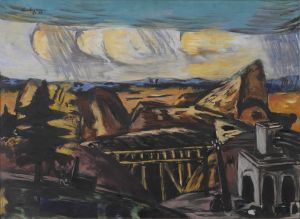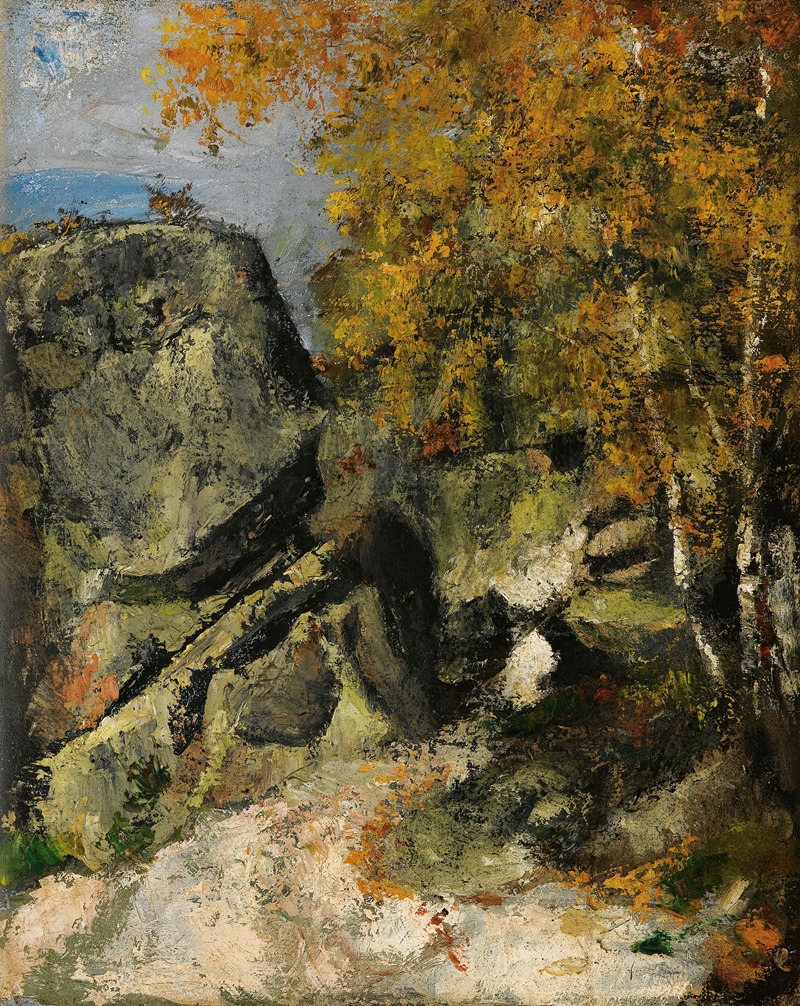
Rochers Dans La Fôret, Fontainebleau
A hand-painted replica of Paul Cézanne’s masterpiece Rochers Dans La Fôret, Fontainebleau, meticulously crafted by professional artists to capture the true essence of the original. Each piece is created with museum-quality canvas and rare mineral pigments, carefully painted by experienced artists with delicate brushstrokes and rich, layered colors to perfectly recreate the texture of the original artwork. Unlike machine-printed reproductions, this hand-painted version brings the painting to life, infused with the artist’s emotions and skill in every stroke. Whether for personal collection or home decoration, it instantly elevates the artistic atmosphere of any space.
Paul Cézanne's painting "Rochers Dans La Fôret, Fontainebleau" is a notable work that reflects the artist's profound engagement with nature and his innovative approach to landscape painting. Created in the late 19th century, this painting is part of Cézanne's exploration of the natural world, which played a crucial role in the development of modern art.
Cézanne, born in 1839 in Aix-en-Provence, France, is often credited as a pivotal figure in the transition from 19th-century Impressionism to 20th-century Cubism. His work laid the foundation for the radical changes in art that followed, influencing artists such as Pablo Picasso and Georges Braque. "Rochers Dans La Fôret, Fontainebleau" exemplifies Cézanne's unique style, characterized by a departure from the traditional representation of landscapes.
The painting depicts a scene in the Forest of Fontainebleau, a location that was popular among artists of the Barbizon School and Impressionists. This forest, located near Paris, was renowned for its picturesque landscapes and diverse natural features. Cézanne's choice of this setting reflects his interest in capturing the essence of nature through his distinctive artistic lens.
In "Rochers Dans La Fôret, Fontainebleau," Cézanne employs his signature technique of building form with color. Rather than relying on line and contour, he uses patches of color to construct the rocky landscape, creating a sense of depth and solidity. This method allows Cézanne to convey the texture and structure of the rocks and trees, emphasizing the interplay of light and shadow.
Cézanne's approach to composition is evident in this work, as he organizes the elements of the landscape into a harmonious arrangement. The painting's structure is carefully balanced, with the rocks and trees forming a cohesive whole. This compositional strategy reflects Cézanne's belief in the underlying geometry of nature, a concept that would later influence the Cubists.
The palette used in "Rochers Dans La Fôret, Fontainebleau" is typical of Cézanne's work, featuring earthy tones and subtle variations in color. These hues capture the natural beauty of the forest, while also conveying the artist's emotional response to the scene. Cézanne's ability to evoke mood through color is a hallmark of his style and contributes to the painting's enduring appeal.
Cézanne's work, including "Rochers Dans La Fôret, Fontainebleau," was not immediately appreciated during his lifetime. His innovative techniques and departure from traditional artistic conventions were initially met with skepticism. However, his influence grew over time, and he is now celebrated as a master who reshaped the course of art history.
Today, "Rochers Dans La Fôret, Fontainebleau" is recognized as an important example of Cézanne's contribution to landscape painting. It demonstrates his ability to capture the essence of nature while also pushing the boundaries of artistic expression. The painting remains a testament to Cézanne's vision and his enduring impact on the art world.








